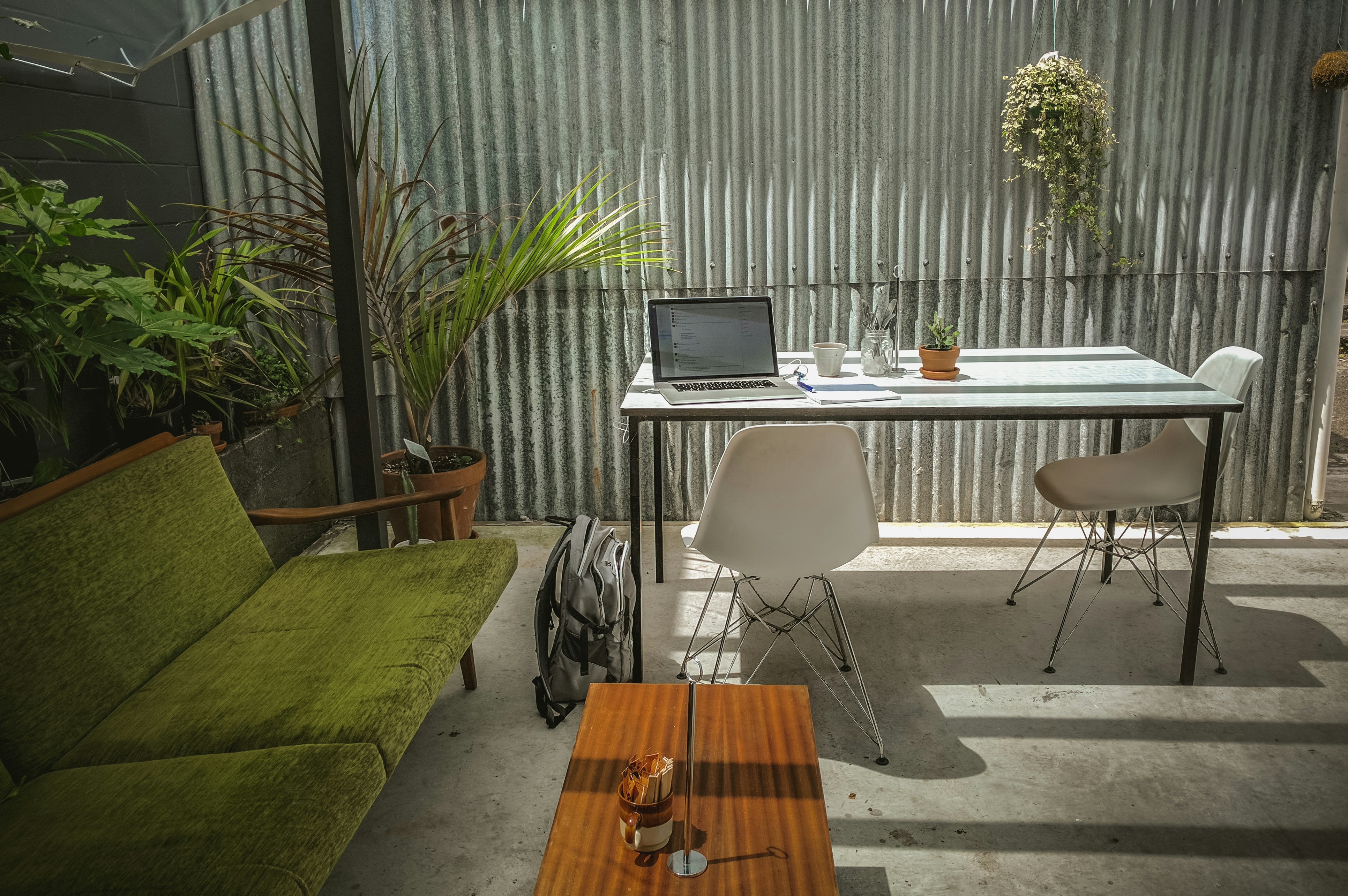Biophilic Design: Bringing Nature Indoors for Enhanced Well-being
In a world increasingly dominated by urban environments and digital screens, our innate connection to nature is often overlooked. What if the key to improved health and well-being lies in reimagining our indoor spaces? Enter biophilic design, a revolutionary approach that integrates natural elements into our built environments. But how exactly does this innovative concept impact our physical and mental health?

The Science Behind Biophilic Design
The concept of biophilia, introduced by biologist Edward O. Wilson in 1984, suggests that humans have an innate tendency to seek connections with nature. This theory forms the foundation of biophilic design, which has gained traction in recent years as researchers uncover its profound impact on human health and well-being.
Studies have shown that exposure to natural elements can reduce stress, improve cognitive function, and enhance mood. For instance, a seminal study published in the Journal of Environmental Psychology found that workers in offices with natural elements reported 15% higher levels of well-being and 6% higher productivity compared to those in sterile environments.
Key Elements of Biophilic Design
Biophilic design incorporates various natural elements and patterns into built environments. These include:
-
Direct nature: Living plants, water features, and natural light
-
Indirect nature: Images of nature, natural materials, and colors
-
Space and place: Spaces that mimic natural environments
-
Natural patterns and processes: Designs that reflect natural forms and sequences
Each of these elements plays a crucial role in creating spaces that resonate with our innate connection to nature, promoting a sense of calm and well-being.
Physical Health Benefits
The impact of biophilic design on physical health is significant and wide-ranging. Research has shown that exposure to natural elements can:
-
Lower blood pressure and heart rate
-
Reduce cortisol levels, the body’s primary stress hormone
-
Improve air quality through the use of indoor plants
-
Enhance sleep quality by regulating circadian rhythms
A study published in the International Journal of Environmental Research and Public Health found that hospital patients with a view of nature recovered faster and required less pain medication compared to those without such views.
Mental Health and Cognitive Function
Perhaps even more striking are the mental health benefits associated with biophilic design. Studies have demonstrated that nature-inspired environments can:
-
Reduce symptoms of anxiety and depression
-
Improve focus and concentration
-
Boost creativity and problem-solving skills
-
Enhance overall mood and emotional well-being
A groundbreaking study by researchers at the University of Melbourne found that taking just a 40-second break to view a green roof resulted in significantly better performance on attention-demanding tasks compared to viewing a concrete roof.
Implementing Biophilic Design in Daily Life
While large-scale architectural projects often showcase biophilic design, its principles can be applied on a smaller scale in homes and workplaces. Simple strategies include:
-
Maximizing natural light through strategic window placement
-
Incorporating indoor plants and living walls
-
Using natural materials like wood and stone in furnishings
-
Installing water features or nature-inspired artwork
-
Creating views to outdoor green spaces where possible
These small changes can cumulatively create a more nature-connected environment, promoting better health and well-being.
Biophilic Design in Urban Planning
As urbanization continues to accelerate, the principles of biophilic design are being applied on a larger scale in city planning. Green spaces, urban forests, and nature-inspired architecture are becoming integral parts of modern urban design, aiming to create healthier, more livable cities.
Projects like Singapore’s Gardens by the Bay and New York’s High Line demonstrate how biophilic design can transform urban spaces, providing city dwellers with much-needed connection to nature and improving public health outcomes.
Challenges and Future Directions
While the benefits of biophilic design are clear, challenges remain in its widespread implementation. These include:
-
Cost considerations in retrofitting existing buildings
-
Maintenance requirements for living elements
-
Balancing biophilic design with other architectural needs
-
Ensuring equitable access to nature-inspired spaces
As research in this field continues to evolve, we can expect to see more innovative solutions to these challenges and a growing integration of biophilic principles in architecture, interior design, and urban planning.
Biophilic Design: Quick Tips for a Nature-Inspired Space
-
Introduce a variety of indoor plants, focusing on low-maintenance species
-
Use natural materials like wood, stone, and bamboo in furniture and decor
-
Maximize natural light with sheer curtains or strategically placed mirrors
-
Incorporate nature-inspired patterns and textures in textiles and wall coverings
-
Create a small indoor water feature, such as a tabletop fountain
-
Use nature sounds or white noise machines to simulate outdoor environments
-
Choose a color palette inspired by nature, such as earth tones and greens
-
Display nature photography or landscape artwork
-
Arrange furniture to maximize views of outdoor green spaces
-
Use organic shapes and forms in furniture and architectural elements
In conclusion, biophilic design offers a powerful, evidence-based approach to enhancing our physical and mental well-being by reconnecting us with nature in our built environments. As we continue to navigate the challenges of modern urban living, integrating natural elements into our spaces may be key to creating healthier, happier, and more sustainable communities. By embracing biophilic design principles, we can harness the healing power of nature, even in the heart of our bustling cities and busy lives.





